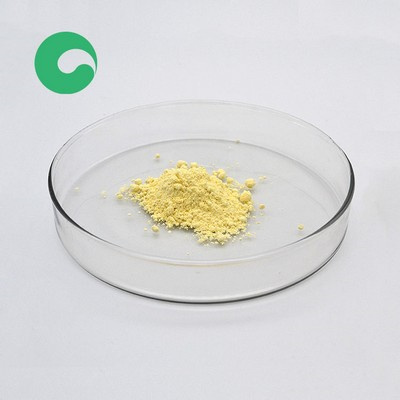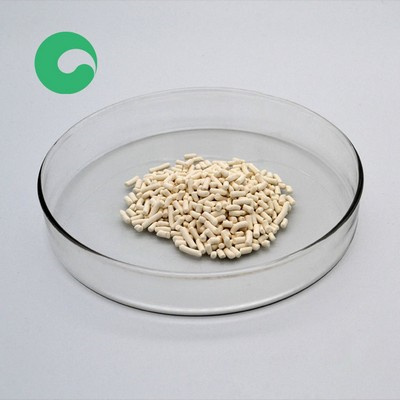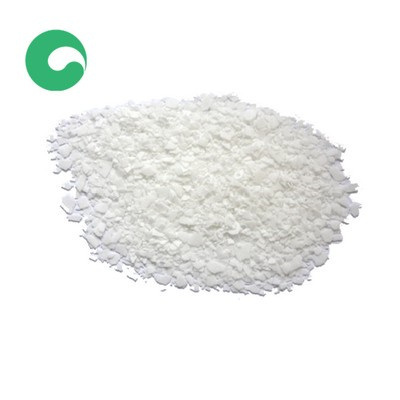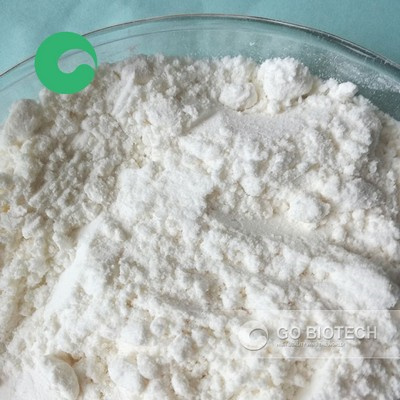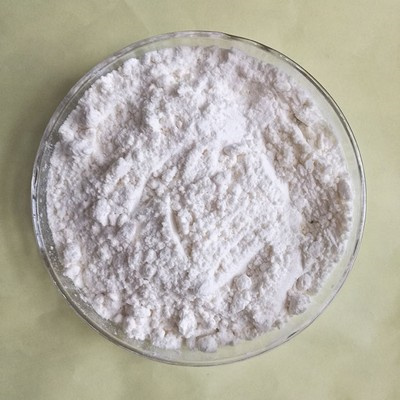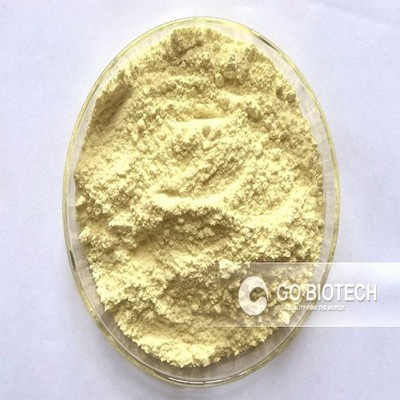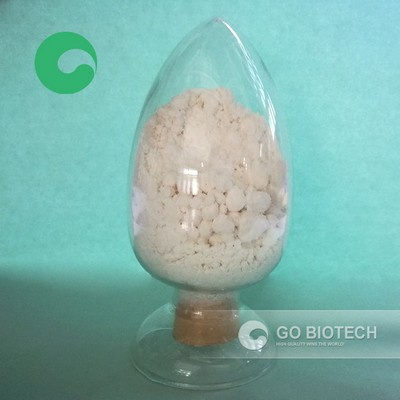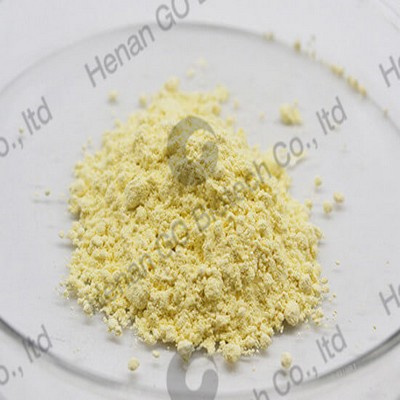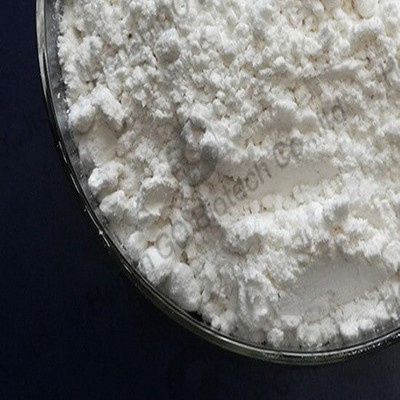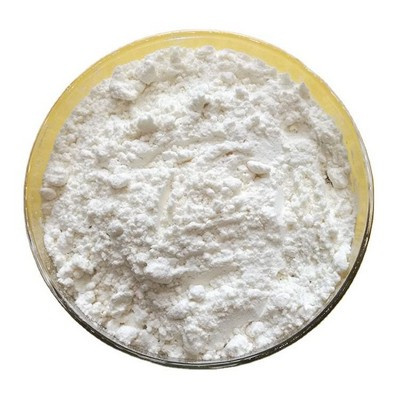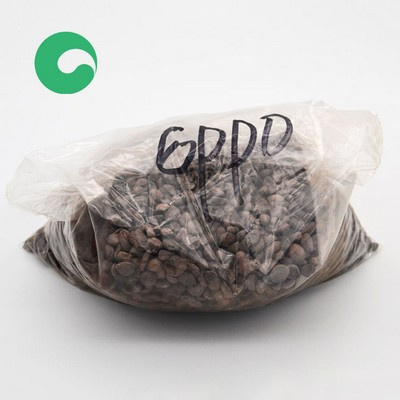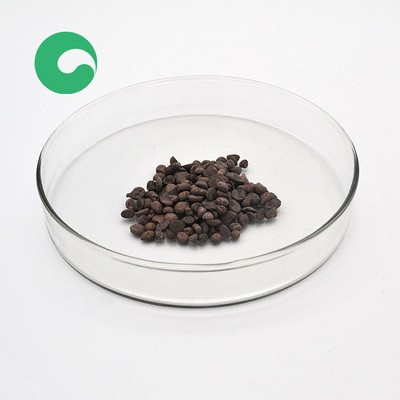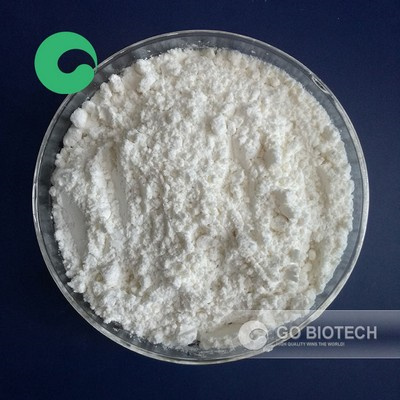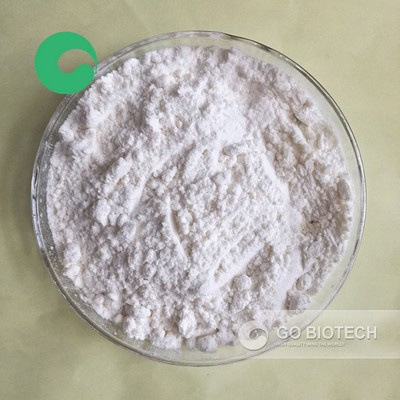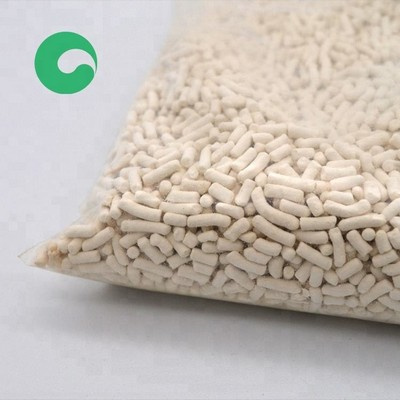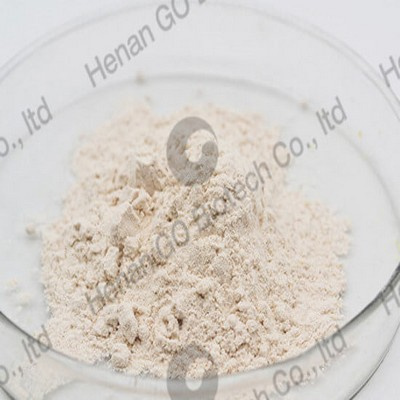Tire rubber composition based on a reinforcing
The sulphur is used in a preferred amount of between 0.5 and 10 phr, more preferably of between 0.5 and 5.0 phr, for example between 0.5 and 3.0 phr when the invention is applied to a tire tread. The primary vulcanization accelerator is used in a preferred amount of between 0.5 and 10 phr, more preferably of between 0.5 and 5.0 phr in
New vulcanization accelerator for tires from Lanxess 8th November 2019 Lanxess has developed a universally suitable vulcanization accelerator for tires and technical rubber goods.
The Compounding And Vulcanization Of Rubber
Table 2. The 4 Most Common Rubber Manufacturing Processes The During the vulcanization process the rubber may swell or shrink, after vulcanization the length of the rubber extrusion may be impacted as well. Extrusion manufacturing has the advantage of being able to produce products in high volumes at a lower production cost.
Basics of tire manufacturing BME Guest lecture, 2021 Vulcanizing agents Sulfur Accelerator (Retarder) 24 Type Raw material PHR Polymer Elastomers 100 Filler Carbon black 55 Processing aid Oil 35 Activators Stearic acid 2 Zinc oxide 4 Antidegradants Antioxidant 1 Wax 1 Antiozonant 2 Curatives Accelerator 1.5
N-Cyclohexylbenzothiazol-2-sulphenamide
CBS is exclusively used as vulcanization accelerator in rubber goods manufacture. Vulcanization transforms the rubber from the thermoplastic into the elastomeric state at temperatures between 150 and 200 °C. CBS is loaded to the rubber in concentrations of 0.5– 1% (ww) but it breaks down during the curing process.
This is a website of JSRCorporation.Introduction of Elastomers. JSR Corporation was established for Synthetic RubberProduction. Since then, JSR has continued to strive to expand itsbusiness and reinforce stabilization of its management, resulting inleading positions in the areas of petrochemical materials, such assynthetic rubbers and emulsions.
Vulcanization Accelerator Price Buy Cheap Vulcanization
Comparing vulcanization accelerator prices. You can easily wholesale quality vulcanization accelerator at wholesale prices on.
Lanxess has developed a universally suitable vulcanization accelerator for tires and technical rubber goods. It is said the trial product VP Vulkacit TZ offers sufficient time for full cross-linking, even at high temperatures. This new vulcanization accelerator is a sulfenamide based on aromatic amines and is suitable for all types of rubber.
Rubber accelerator TBzTD for Tyre and rubber products
It can be used as the primary accelerator or secondary accelerator for the rapid vulcanization of NBR and SBR. Sometimes it is also used as a vulcanization inhibitor for PVC rubber.When used in the manufacture of food-contact articles, it is necessary to refer to category 4 regulations in BgVV XXI. There are no regulations in FDA contact with food.
Mar 10, 2020· Truck tires typically contain natural rubber (N R) and synthetic rubber (butadiene rubber, BR and styrene–butadiene rubber, SBR) [9,21]. The basic composition of tire rubber is shown in Table. 2
- What is accelerator in rubber vulcanization?
- An accelerator is defined as the chemical added into a rubber compound to increase the speed of vulcanization and to permit vulcanization to proceed at lower temperature and with greater efficiency. Accelerator also Decreases the Quantity of Sulphur necessary for vulcanization and thus improving 'aged' properties of the rubber vulcanizates.
- What are the different classifications of rubber accelerators?
- In this article, I will explore the various classifications of rubber accelerators and their applications in the industry. Rubber accelerators can be primarily classified into two categories: primary accelerators and secondary accelerators. Primary accelerators, such as thiurams and thiazoles, are essential for initiating the vulcanization process.
- What is vulcanized rubber used for?
- Vulcanized rubber has good antioxidant quality, but bitter, unsuitable for the rubber products contacting with food. Mainly used for the manufacturing of tire, rubber tube, rubber tape, general industrial rubber products.
- How is rubber vulcanized?
- Vulcanization of rubbers by sulfur alone is an extremely slow and inefficient process. The chemical reaction between sulfur and the Rubber Hydrocarbon occurs mainly at the C = C (double bonds) and each crosslink requires 40 to 55 sulphur atoms (in the absence of accelerator).
- What is the mechanism of rubber vulcanization with sulfur?
- Many studies have been carried out to understand the mechanism of rubber vulcanization with sulfur in the presence of accelerators and activators. Vulcanization is the phenomenon of formation of cross links with rubber macromolecules.
- What are primary and secondary accelerators in vulcanization?
- Primary accelerators, such as thiurams and thiazoles, are essential for initiating the vulcanization process. Secondary accelerators, including guanidines, enhance the speed and efficiency of primary accelerators, ensuring a more robust final product.

